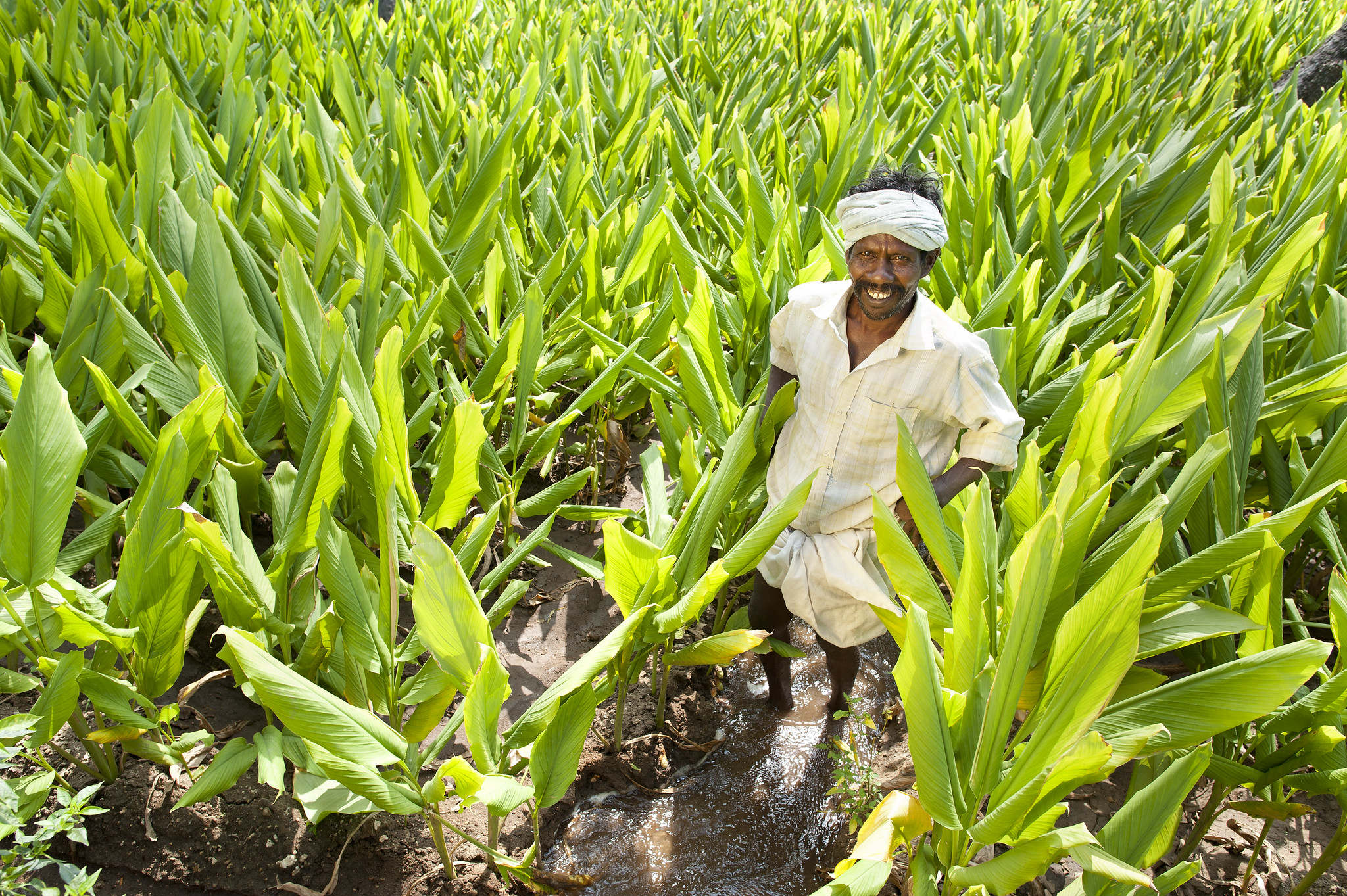On World Food Day, Dr. Mark Smith, Director General of the International Water Management Institute (IWMI), explains why effective water management is key to transforming food production.

The impact of Covid-19 on supply chains and food security has dealt a blow to the already faltering global development ambition of ending hunger. More than ever, as the global population continues growing, we need to find a way to produce sufficient nutritious food for all. But with the world suffering from degraded ecosystems and facing climate change, the question is how?
Water is a critical component of food systems, from production through to consumption. And, with food security and the health of both people and ecosystems each dependent on water, our future food systems must be underpinned by a ‘systems-based’ approach to water management too.
What would a future food system that safeguards the world’s water systems and services look like? During production, farmers would withdraw less water from nature than at present but successfully produce more food with it. They would focus their efforts in locations that have sufficient water resources to bear the burden. And the water that drains from their fields would be less polluted, because they would use fewer fertilizers and pesticides, and apply those they do need safely.
On the consumption side, everyone would have access to safely managed drinking water and sanitation services, helping them to live healthier lives and suffer less from water-borne diseases, to benefit from the nutritious food they eat, and to prosper. Thus the human right to water supply and sanitation is integral to successful food systems too.
How do we arrive at this future scenario? What will it take to transform food and water systems in this way? Enhancing production from the water used in agriculture – even by a small amount – could significantly alleviate water stress if water savings are available for use in other sectors or returned to nature. Reliable data is critical: it can show how much water is available, where that water is being used, and if water productivity is low or high. And many innovative approaches and technologies are being developed that can assist farmers to grow more food with less water and fewer chemicals.
Delivering water for hygiene and sanitation (WASH), while meeting the needs of agriculture and other uses, demands careful management and collaboration between WASH providers, and other water and environmental agencies. The ‘Multiple Use Water Services’ approach, rolled out by IWMI in more than 30 countries, exemplifies the kind of joined-up effort that is required. MUS systems are designed from the outset to provide water for diverse uses from fishing to cooking and can help communities to allocate water resources more effectively and equitably.
Taking a water-systems approach will also help us to manage risks from water-related disasters, such as floods and droughts, and build resilience to climate change. This might involve extending irrigation to rainfed farmers to help them overcome dry spells, providing smallholders with drought- or moisture-tolerant seeds so they can maintain a good yield even when a season delivers unseasonably dry- or wet conditions, or using insurance to transfer risk in the case of an extreme weather event. Our work in India and Bangladesh shows that taking such measures can help farmers overcome climate shocks and quickly return to producing food.
Around the world, farms of less than two hectares account for 28–31% of global crop production. We have to ensure that the poorest in society are not left behind, and that women farmers or tenant smallholders without land and water rights of their own benefit too. Women alone make up 43 per cent of the agricultural labor force globally and in developing countries.
Transforming food systems calls for collaboration between a wide range of actors, working at scales from farmer’s fields to global initiatives. We must not forget, for example, the energy sector that is involved in powering irrigation or the finance providers needed to help farmers buy seed or insure their crops against floods. And with food production connecting people, nature and economy in complex ways, we must be mindful of trade-offs when adopting particular strategies.
Ultimately, we need to address weak and fragmented governance within water management. This is because institutions that can accelerate water productivity gains in agriculture, deliver safe water to people, reduce risks from floods and droughts, and sustainably manage water-rich ecosystems, are fundamental to successfully changing food systems for the better. Ensuring our future global population is well-nourished calls for action on food production, climate change, health and biodiversity loss – and water flows through them all.

